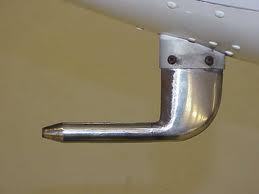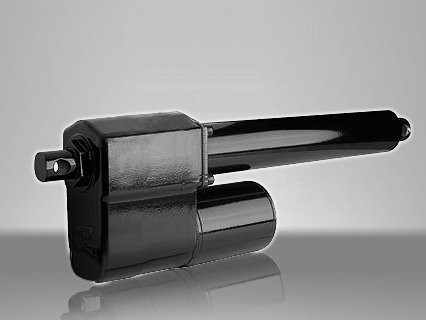A pitot tube measures pressure levels in liquids. They are most commonly seen in laboratory settings but can be seen in industrial applications as small cylinders. While a pitot tube is not the only device that measures fluid pressure, it is capable of being implemented in much more diverse environments than similar devices.
How Pitot Tubes Work
A pitot tube is simply a small cylinder that faces a fluid so that the fluid can enter it. Because the cylinder is open on one side and enclosed on the other, fluid entering it cannot flow any further and comes to a rest inside of the device. A diaphragm inside of the pitot tube separates the incoming pressure (static pressure) from the stagnation pressure (total pressure) of a system. The difference between these two measurements determines the fluid’s rate of flow.
Applications
Pitot tubes are most commonly seen on the side of aircraft and determine the aircraft’s speed. They are very important for this application as they can cause an aircraft to crash if they are damaged or clogged. Pitot tubes are also used in air ducts and some types of pipe systems that are too small for an anemometer.
Advantages
Pitot tubes measure pressure levels in a fluid. They do not contain any moving parts and routine use does not easily damage them. Also, pitot tubes are small and can be used in tight spaces that other devices cannot fit into.
Disadvantages
Foreign material in a fluid can easily clog pitot tubes and disrupt normal readings as a result. This is a major problem that has already caused several aircraft to crash and many more to make emergency landings.




Follow Us!